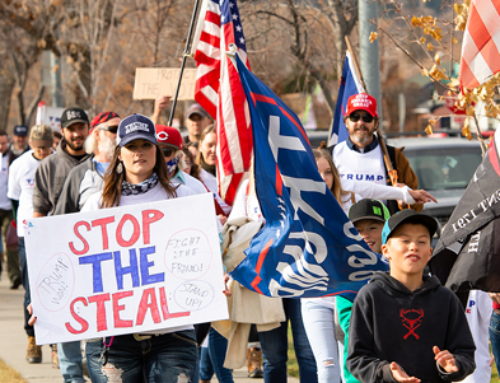Most observers agree these days that as a medium, television just isn’t what it used to be, and for good reason. We live in a digital age, where the glowing box in our living rooms that once dominated information and entertainment now has competition from a myriad of sources. From Facebook to YouTube and tablet publications to on-demand streaming video, to the existence of DVRs and TiVo, television is being challenged from all fronts. And it’s losing. Just ask David Dewhurst.
Yet, as the 2012 campaign rages on, more money will be spent on television advertising than ever before in political history. As donors consider how to invest in the political process this year and in the future, they would do well to treat their decisions like investments. When looking at effectiveness and ROI, TV is more of a bust than ever before. If donors want to invest to really impact elections it’s time for a paradigm shift.
Our politics would be more dynamic, more participatory and more representative if big political donors, outside groups and campaigns spent even a fraction of the money they do on TV on ground operations. Even more importantly, investing in grassroots infrastructure is also about investing in the future. Training, organizing and deploying precinct canvassers, setting up phone banks and handing out literature tailored to specific voting blocks will move the needle for pennies per voter rather than dollars.
A good ground game using reliable voter data has proven to increase turnout for candidates by as much as 6 points. New mobile campaign management, survey and voter contact software is making it even more effective. That’s exactly why traditional grassroots tactics are still the best bet to get voters to the polls. Put simply, what’s old should be new again. It simply works better.
In the marketplace, one doesn’t usually increase investment in a product that continually has decreasing market share, but in the political world, it seems that return on investment has little relevance. While television advertising may make consultants, strategists and the media a fortune, an over-reliance on “the air war” can have a depressing effect on the process as a whole.
Political TV ads make for great political theater and they do have an impact in certain cases. However, when compared to cheaper grassroots and more personal voter contact methods, the commercials flickering across your new LED screen are perhaps the least cost effective way of moving the needle in advance of Election Day.
In 2008, more than $2 billion was spent on political television advertisements including expenditures by candidates, parties, and advocacy groups according to the Campaign Media Analysis Group. In this year of the ubiquitous SuperPACs, the number will probably be twice as high.
A 2011 study showed that less than 60% of people now consider watching TV as their primary source of video content. Of those, almost a third admits they no longer watch any live television, relying instead on DVR recordings and TiVo where they can skip over the ads.
The real kicker according to Google’s analytics is that an astonishing 80% of smartphone users say they actively use their mobile devices while watching television. Logic would dictate they’re using their phones more during commercials rather than during programming. Even the explosion in tablet users is competing with traditional TV ad buys.
None of these statistics by itself is enough to say that TV commercials aren’t at all effective, but it is clear that spending on the medium will have to increase continually in order to compete for audience mindshare more effectively. Spending on television may go up, but effectiveness will continue to trend downward.
Of course, it just so happens that the most expensive tactic with perhaps the lowest ROI is the one that makes consultants the most money – and donors should be wary.
You can do all the targeting on cable television you want but you can’t make people pay attention if they don’t want to. If your 18-35 year old male baseball fan recorded the game on DVR, he’s probably not watching the commercials. If he’s watching it live, according to the trends he’s more likely checking ESPN.com or texting in between innings. So consultants can buy thousands of points of advertizing, but the impact of that buy is not nearly what it used to be even just a few years ago.
This isn’t a knock against commercials particularly when leveraging online video. Video isn’t dying. YouTube is the second most used search engine in the world behind its parent company Google. Video and other visuals are driving traffic on social media and online generally.
The issue at hand is whether the billions donated and then spent on television is a good value for the dollar. It’s not. As digital mediums become increasingly more pervasive in our daily lives, our on-demand society is becoming more specialized but also more impersonal.
The biggest difference between grassroots ground war and the traditional air war is telling about the process as a whole. More personal, human contact tactics like block walking, phone banking, voter surveying and get-out-the-vote efforts are harder because they involve organizing and deploying people. They are also less lucrative for consultants and strategists.
Television commercials are easier because they are transactional. A consultant in DC can produce a commercial, buy air time, and collect his 15% fee for a campaign in northern Michigan without setting foot outside his office.
TV can help with name identification and driving some perceptions – but it simply doesn’t mobilize voters. The sound of the doorbell and personal interaction is still far more efficient and effective at getting candidates over the finish line than the inevitable white noise of interminable political commercials.
Ned Ryun is the President and CEO of American Majority Action.




